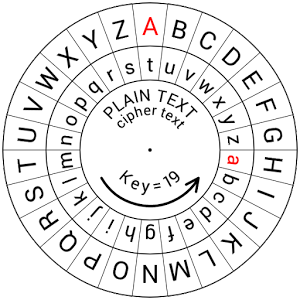
The Unique Identification Authority of India (UIDAI), which is responsible for issuing the Aadhaar card to residents of the country, recently launched a new AI/ML-based chatbot called Aadhaar Mitra. What’s the chatbot for and how can we access it? Come, let’s find out
Aadhaar is a unique identification system that assigns a 12-digit number to residents of the country after due verification. The system is used to authenticate identity and provide access to government services such as PDS, LPG, etc., subsidies, and benefits. Though Aadhaar was introduced way back in 2010, many still struggle to enrol in the system or update their information. This is where Aadhaar Mitra comes in.
Where can you find it?
Aadhaar Mitra is a chatbot that uses machine learning and artificial intelligence technology to provide personalised assistance to users. The chatbot is designed to be user-friendly.
The Aadhaar Mitra feature is available on the home page of the UIDAI’s website. Once you click on the flickering blue “Aadhaar Mitra” icon at the bottom right comer, it will ask you to “Get started”. Then, enter your query related to the Aadhaar system in the text field and click on the ‘Send’ button and the chatbot will throw up the required answer.
Available at all times
Aadhaar Mitra can provide a wide range of answers on Aadhaar related topics. The chatbot makes the process of checking your Aadhaar enrolment/update status easier. You can get information about a nearby Aadhaar enrolment centre by entering the pin code of your location.
The chatbot helps track Aadhaar PVC card (latest version of the card which is made of polyvinyl chloride in the size of a debit card) status and even tells users what should be done when an Aadhaar card is lost. It also tells you how to download an e-aadhaar from the UIDAI website through a video.
Picture Credit : Google





